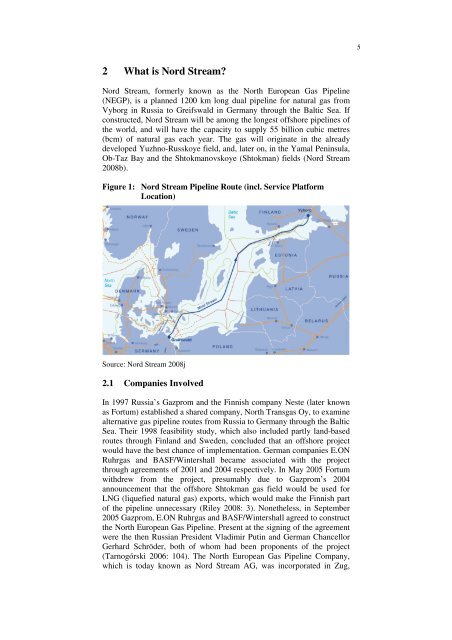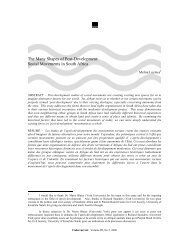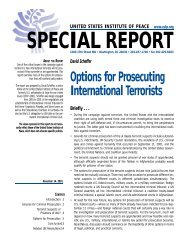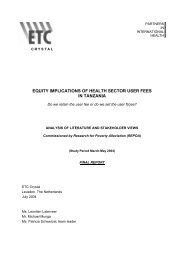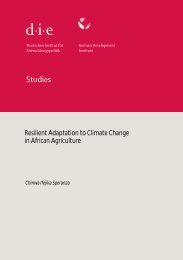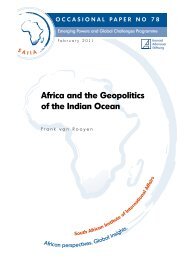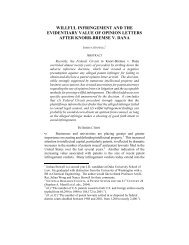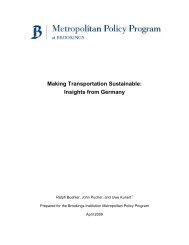Nord Stream: Not Just a Pipeline
Nord Stream: Not Just a Pipeline
Nord Stream: Not Just a Pipeline
You also want an ePaper? Increase the reach of your titles
YUMPU automatically turns print PDFs into web optimized ePapers that Google loves.
2 What is <strong>Nord</strong> <strong>Stream</strong>?<br />
<strong>Nord</strong> <strong>Stream</strong>, formerly known as the North European Gas <strong>Pipeline</strong><br />
(NEGP), is a planned 1200 km long dual pipeline for natural gas from<br />
Vyborg in Russia to Greifswald in Germany through the Baltic Sea. If<br />
constructed, <strong>Nord</strong> <strong>Stream</strong> will be among the longest offshore pipelines of<br />
the world, and will have the capacity to supply 55 billion cubic metres<br />
(bcm) of natural gas each year. The gas will originate in the already<br />
developed Yuzhno-Russkoye field, and, later on, in the Yamal Peninsula,<br />
Ob-Taz Bay and the Shtokmanovskoye (Shtokman) fields (<strong>Nord</strong> <strong>Stream</strong><br />
2008b).<br />
Figure 1: <strong>Nord</strong> <strong>Stream</strong> <strong>Pipeline</strong> Route (incl. Service Platform<br />
Location)<br />
Source: <strong>Nord</strong> <strong>Stream</strong> 2008j<br />
2.1 Companies Involved<br />
In 1997 Russia’s Gazprom and the Finnish company Neste (later known<br />
as Fortum) established a shared company, North Transgas Oy, to examine<br />
alternative gas pipeline routes from Russia to Germany through the Baltic<br />
Sea. Their 1998 feasibility study, which also included partly land-based<br />
routes through Finland and Sweden, concluded that an offshore project<br />
would have the best chance of implementation. German companies E.ON<br />
Ruhrgas and BASF/Wintershall became associated with the project<br />
through agreements of 2001 and 2004 respectively. In May 2005 Fortum<br />
withdrew from the project, presumably due to Gazprom’s 2004<br />
announcement that the offshore Shtokman gas field would be used for<br />
LNG (liquefied natural gas) exports, which would make the Finnish part<br />
of the pipeline unnecessary (Riley 2008: 3). Nonetheless, in September<br />
2005 Gazprom, E.ON Ruhrgas and BASF/Wintershall agreed to construct<br />
the North European Gas <strong>Pipeline</strong>. Present at the signing of the agreement<br />
were the then Russian President Vladimir Putin and German Chancellor<br />
Gerhard Schröder, both of whom had been proponents of the project<br />
(Tarnogórski 2006: 104). The North European Gas <strong>Pipeline</strong> Company,<br />
which is today known as <strong>Nord</strong> <strong>Stream</strong> AG, was incorporated in Zug,<br />
5


